Diploma of Project Management Assignment: Risk Management in Projects
VerifiedAdded on 2022/09/02
|5
|898
|25
Homework Assignment
AI Summary
This assignment solution addresses key aspects of project risk management, beginning with the importance of risk identification and classification, emphasizing stakeholder involvement and various identification methods like brainstorming and SWOT analysis. It then delves into risk analysis and prioritization, highlighting the crucial steps involved and the significance of risk estimation. The solution further explores risk treatment options, including avoidance, reduction, transfer, acceptance, and sharing. It also outlines strategies for monitoring, reviewing, and updating risk-related documents, emphasizing the need for tracking identified and new risks, and evaluating the effectiveness of risk processes. Finally, it discusses the importance of scheduling and reassessing risks, including eliminating unnecessary risks and identifying new ones to improve project outcomes and risk management strategies.
1 out of 5
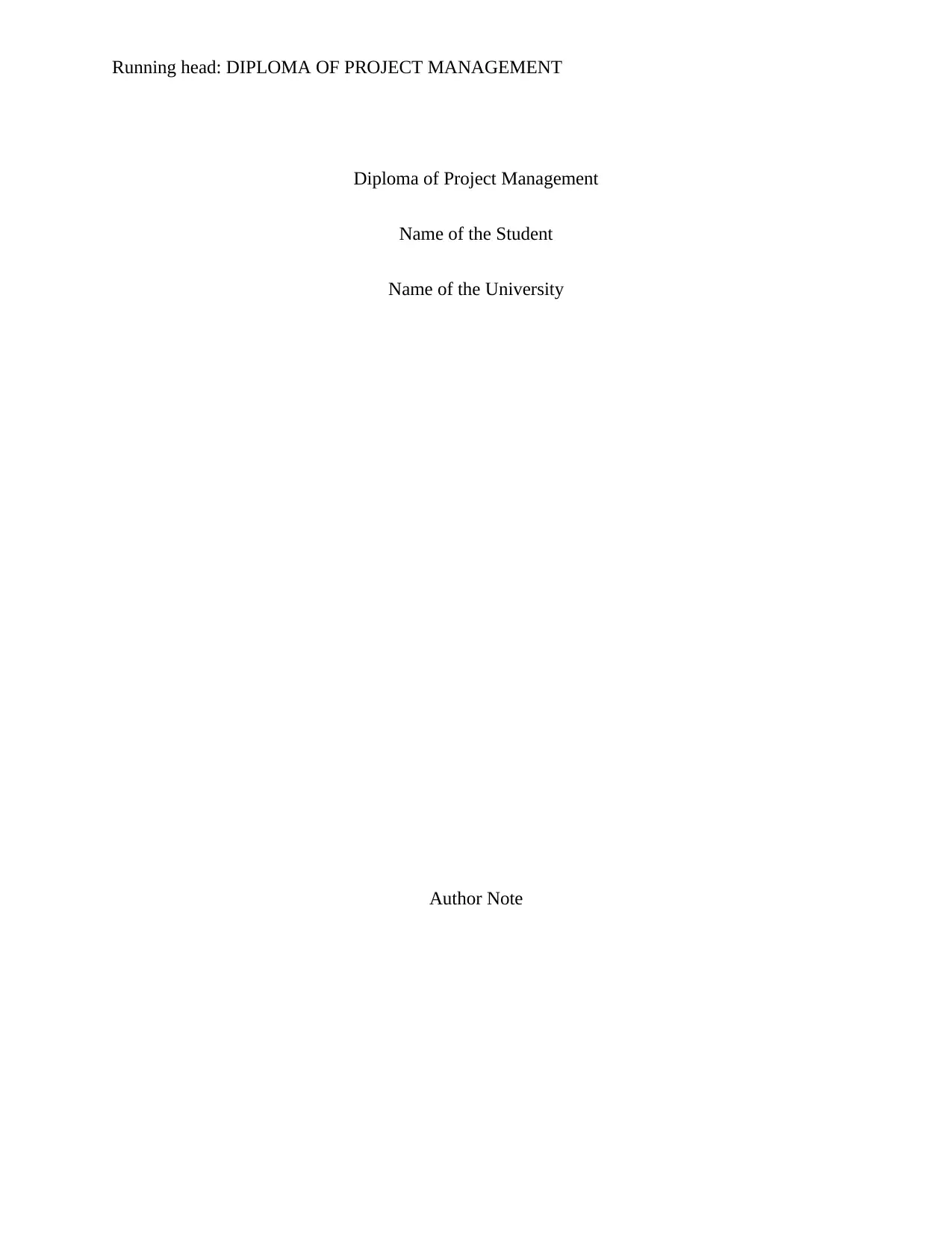
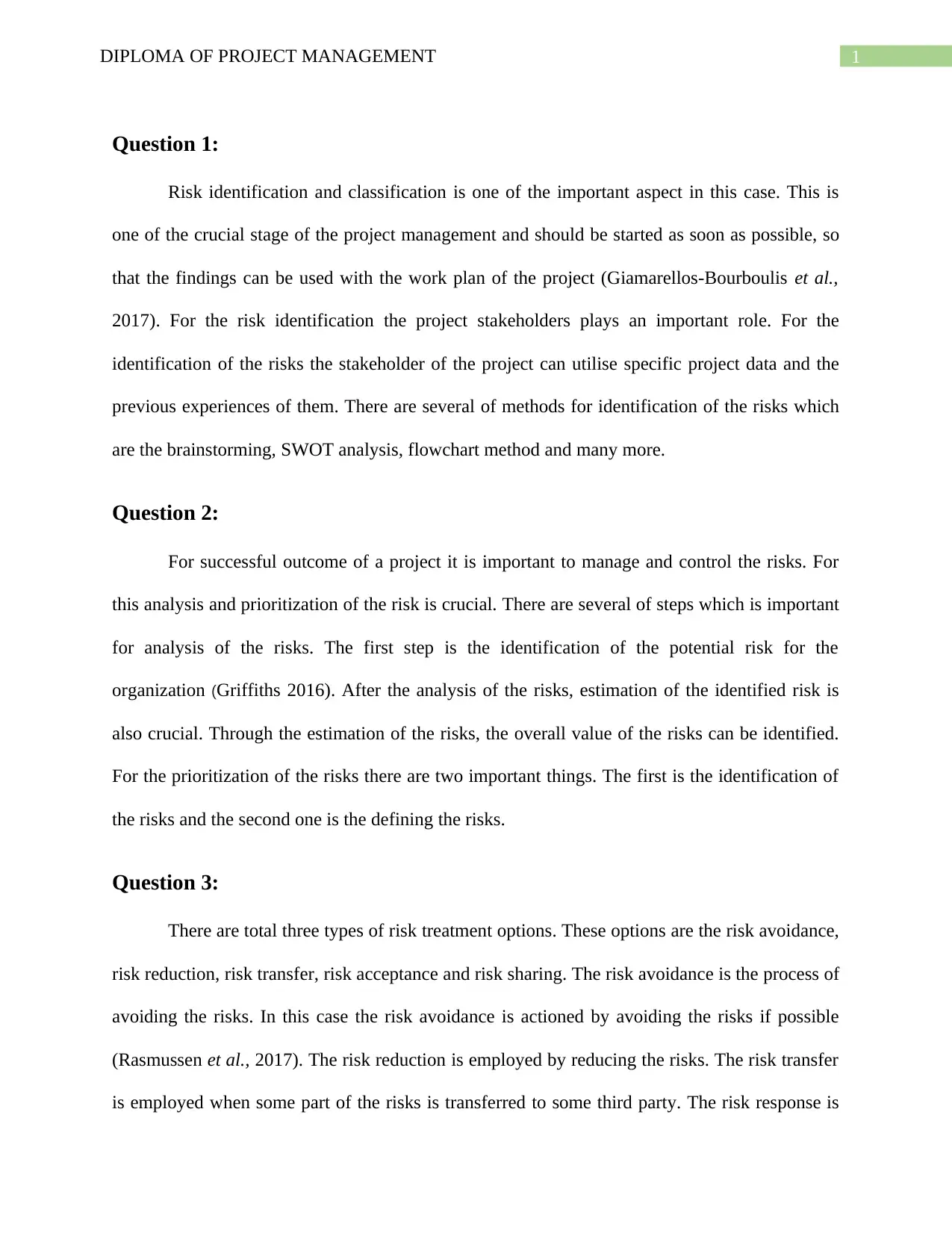
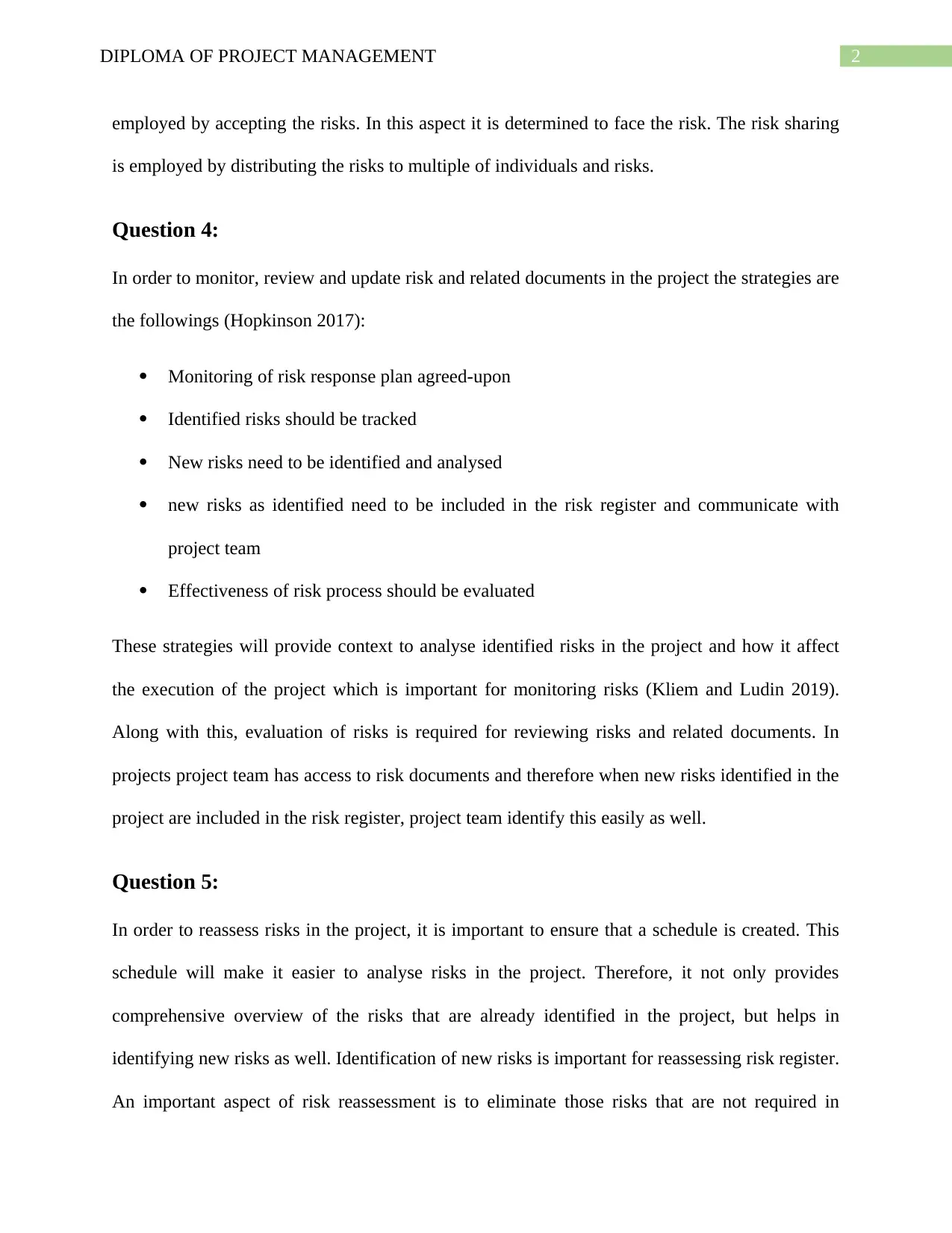

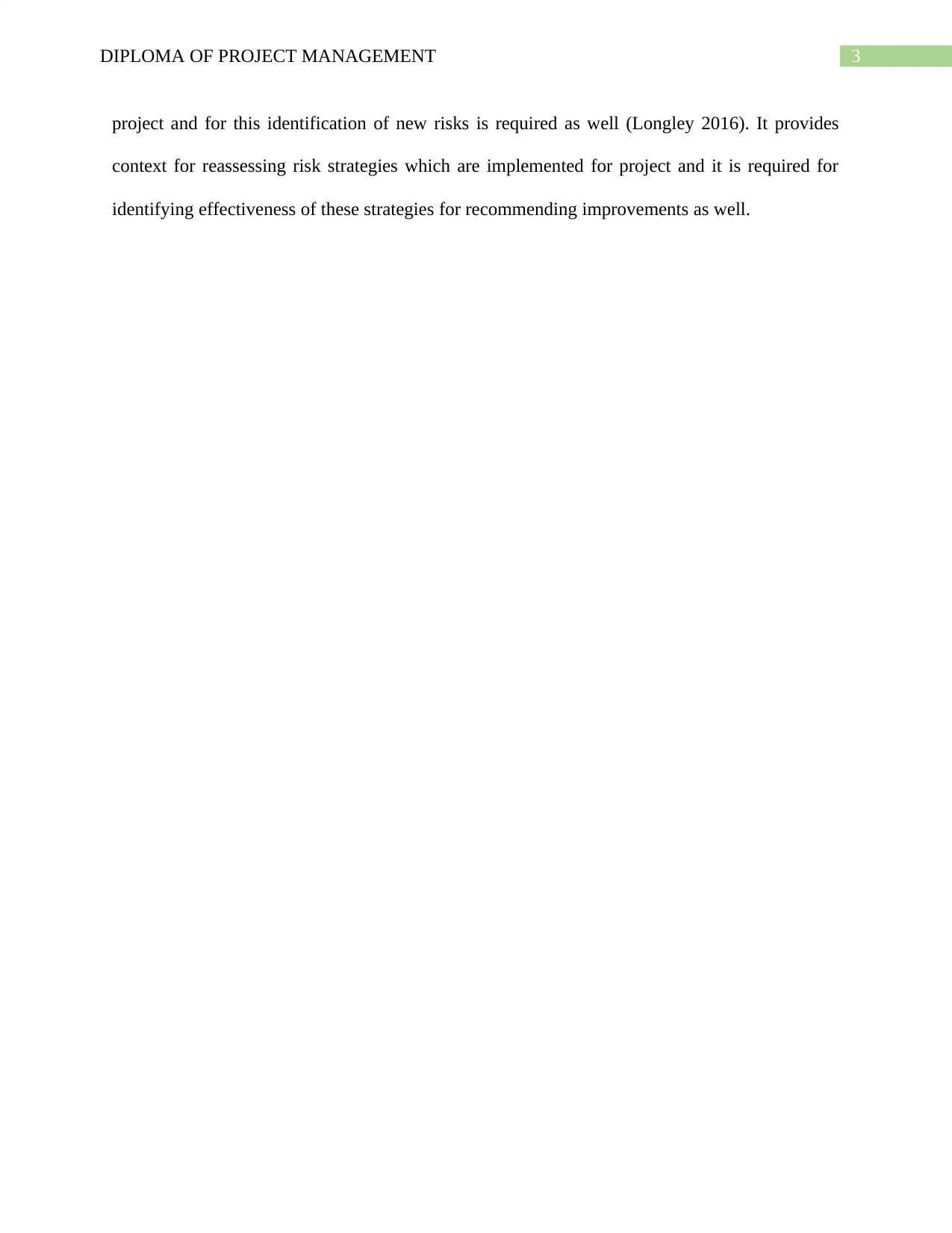
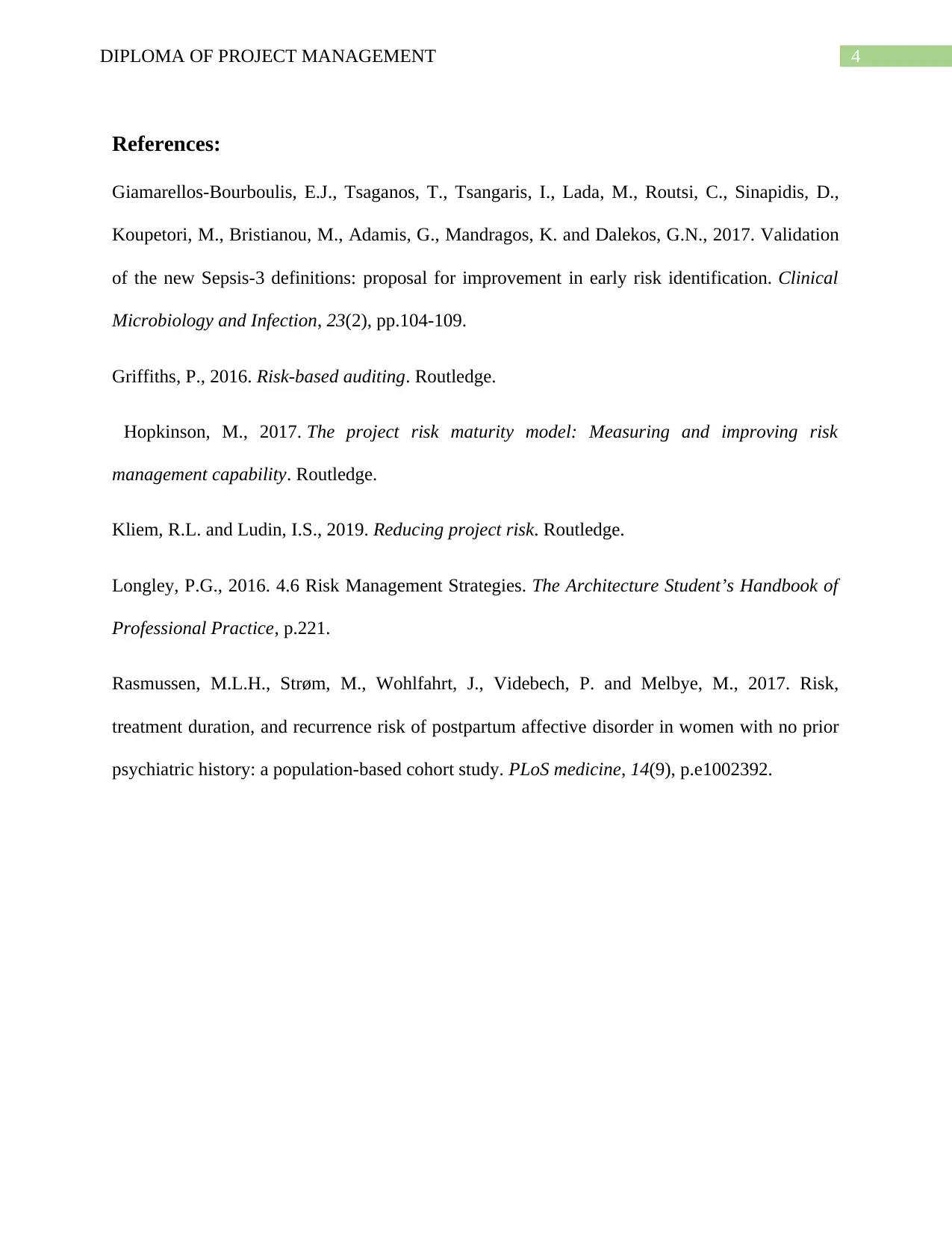






![[object Object]](/_next/static/media/star-bottom.7253800d.svg)